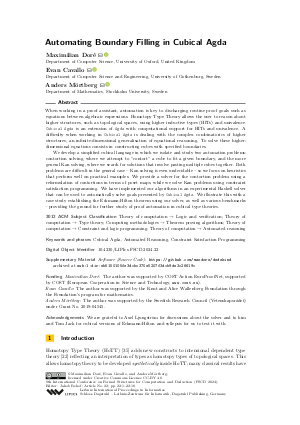LIPIcs.FSCD.2024.22.pdf
- Filesize: 0.85 MB
- 18 pages

 Creative Commons Attribution 4.0 International license
Creative Commons Attribution 4.0 International license









Feedback for Dagstuhl Publishing